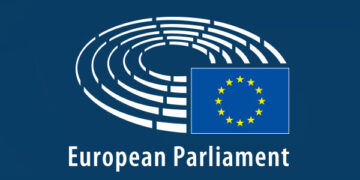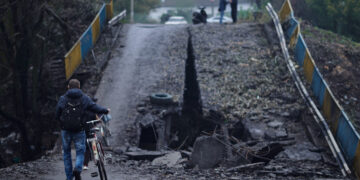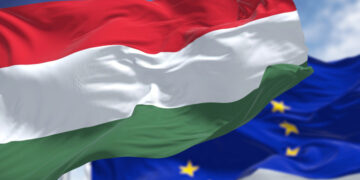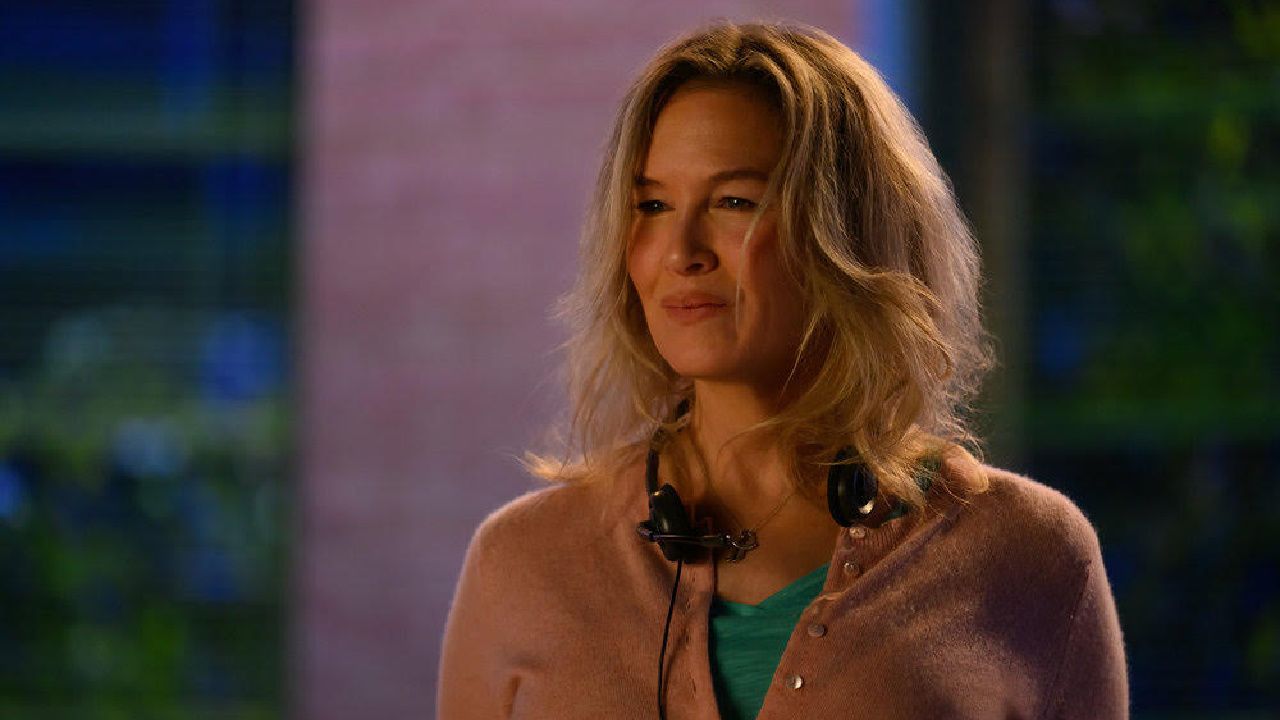The Democratic Republic of the Congo gained independence from Belgium in 1960. Yet as Georgi Verbeeck explains, debates about Belgium’s colonial past remain far from over.
Belgium, like its neighbouring countries, has rediscovered its colonial past. While for a long time there was a certain tendency towards nostalgia and at least a repression of the most controversial aspects of this history, the spirit of the times has changed and there is now more room for open and often intense debate.
There are a number of recurring themes in public discussions about Belgium’s approach to its colonial past. At least three topics have attracted a lot of attention: the first phase of colonisation during the brutal reign of King Leopold II (1885-1908), Belgium’s role in the derailing of the decolonisation process of the Congo in the early 1960s and, finally, the handling of the colonial legacy in a broader sense. In the latter case, particular attention should be paid to the role of contemporary museums that deal directly or indirectly with colonial history.
Brutality and decolonisation
The debate about the nature of the atrocities committed in the Congo Free State – described by some scholars as genocide, while others dispute this characterisation – dates back to the reign of Leopold II. Even during his lifetime, Leopold II was harshly criticised for the way in which he ruled over his private property. After the Belgian monarch’s death (1909), the criticism died down and Leopold II was celebrated in the Belgian state’s propaganda as the visionary founder of a proud Belgian colonial empire in Central Africa.
This view was reaffirmed by King Baudouin (1930-1993) in his famous speech on the occasion of the Congo’s declaration of independence on 30 June 1960. It was not until four decades later, at the turn of the century, that the debate about the genocidal nature of Leopold II’s regime returned to centre stage. It gained momentum primarily through popular publications such as the 1998 book King Leopold’s Ghost by Adam Hochschild. However, experts are still debating whether the sharp population decline in the Congo at the end of the 19th century can be categorised as the result of a systematic extermination policy.
The decolonisation process of the Congo involved the abrupt and unprepared independence of the former colony, followed by violence, a mass exodus of Belgians and other Europeans, a complete collapse of the state and a coup d’état that ultimately led to decades of extremely corrupt and kleptocratic dictatorship under Mobutu (1930-1997). This turbulent process was long viewed in Belgium from a blame-shifting perspective. Tribal tensions and the so-called “inability” of black Africans to make good use of their newly won independence were the usual arguments used to explain the loss of Congo.
However, new publications and a parliamentary committee of enquiry have shed new light on the matter, and since then the complicity of the former Belgian establishment in the derailment of decolonisation is no longer in question. What remains subject to differing interpretations, however, is how the various factors – Belgium’s role, the international context of the Cold War and the incompetence of African leaders – should be assessed individually and in their interrelatedness.
The AfricaMuseum
The two previous examples deal with topics that primarily concern professional historians. What has reached a wider audience is the relentless debate about the role of museums that deal with the colonial past. The AfricaMuseum in Tervuren, near the Belgian capital, is a constant target of controversy.
The museum itself has its origins in the colonial era. It goes back to the colonial collection with which Leopold II wanted to convince the Belgian public of the importance of his “civilising mission” in Central Africa. From the end of the 19th century, it was common practice in many European countries to publicise the colonisation of overseas territories to a wider audience through propaganda initiatives by exhibiting artefacts, products, people and animals from the exotic overseas territories.
After Leopold’s death and the transfer of his possessions to the Belgian state, the Belgian state took over the function of the museum in order to convince the population of the usefulness of the national colonial project. The main task of the museum was to sell the colonial project to the public. This led to a very extensive ethnographic and natural history collection, with little or no attention being paid to the political and economic context in which the colonial project might have originated.
After Congo’s independence, the museum’s mission and objectives hardly changed. The museum gradually became “a museum within a museum”, in which the colonial past itself seemed to be frozen. It was not until the turn of the century that criticism of the museum increased to such an extent that decisions had to be taken to radically renovate it. The museum not only wanted to build up collections but also saw itself as a scientific and educational institution.
After a thorough remodelling, both in terms of content and architecture, the renovated AfricaMuseum reopened its doors in 2017. In response to increasing criticism of the old institution, a number of innovations were introduced. The AfricaMuseum now presents itself much more strongly as a “meeting place” between Belgium and Central Africa and emphasises its interdisciplinary function even more strongly, in which not only various scientific disciplines but also the modern arts should find their place.
However, criticism from both academics and political activists persisted and deemed the renovation inadequate. The critics are not satisfied with an institution that wants to give itself a profile that is too broad and therefore rather vague. In short: is a “meeting place” that focuses on an entire continent really suitable for talking about Belgian colonial history? One could also turn the argument around: should the era of colonisation be the only perspective from which one must and can view the relationship between Belgium and the Congo and, more generally, between Europe and Africa? This discussion is far from over.
For more information, see the author’s accompanying paper in International Public History.
Note: This article gives the views of the author, not the position of EUROPP – European Politics and Policy or the London School of Economics. Featured image credit: Alexandros Michailidis / Shutterstock.com









































Discussion about this post